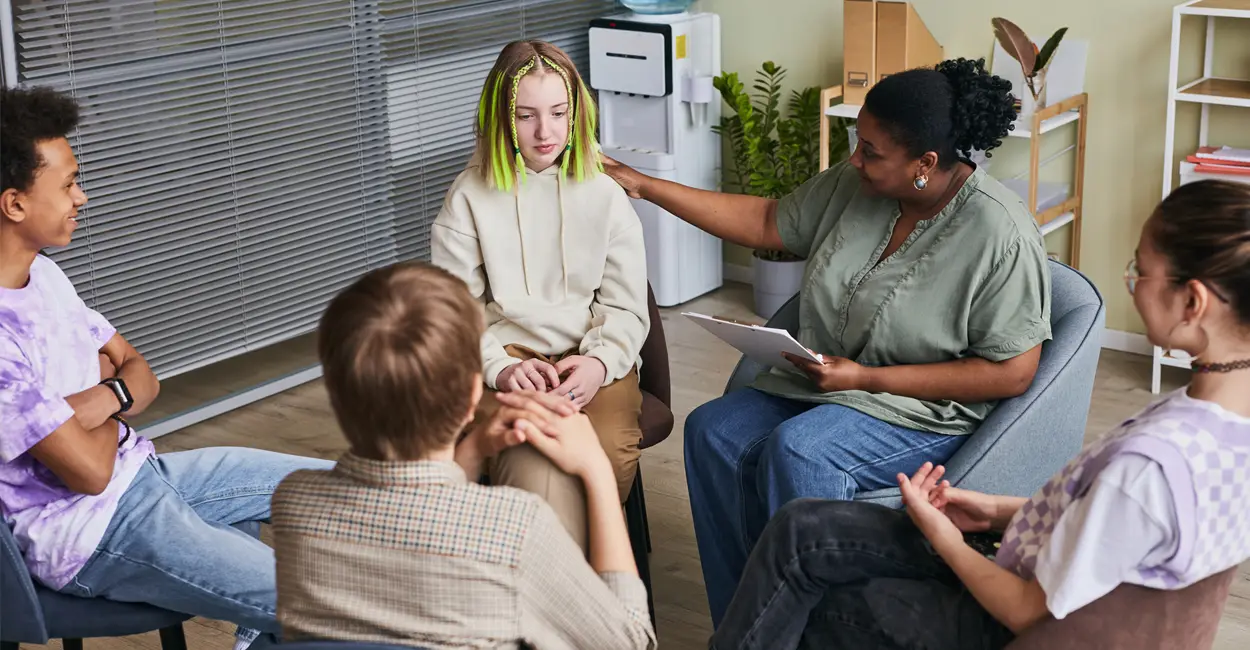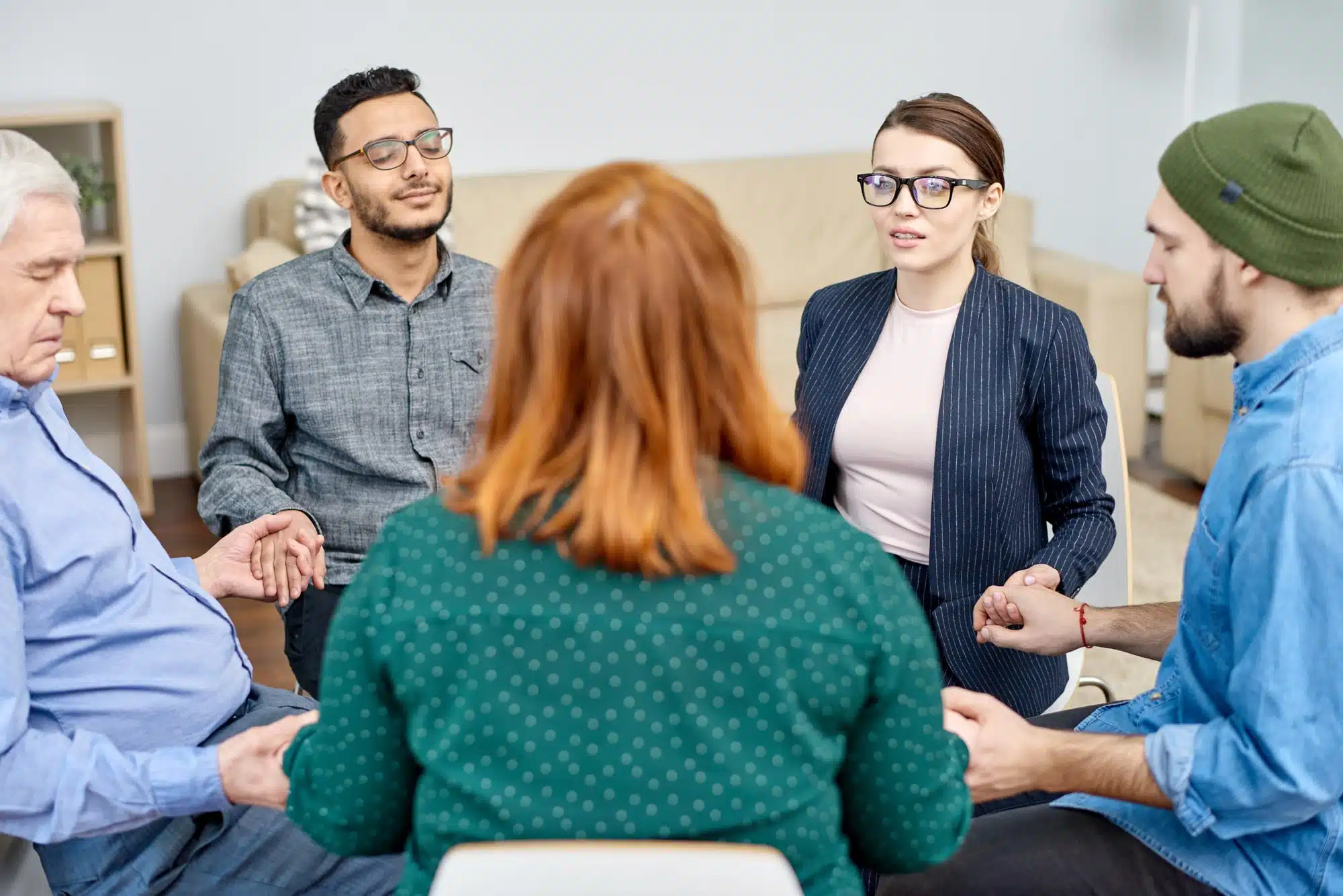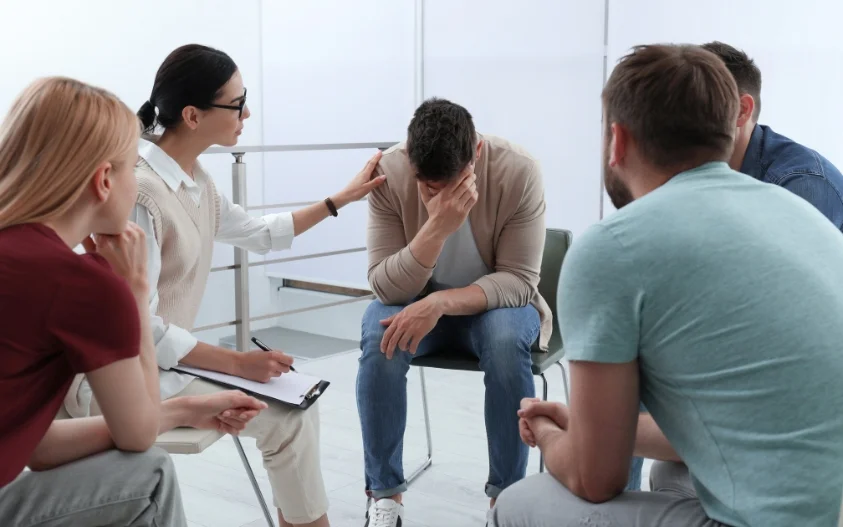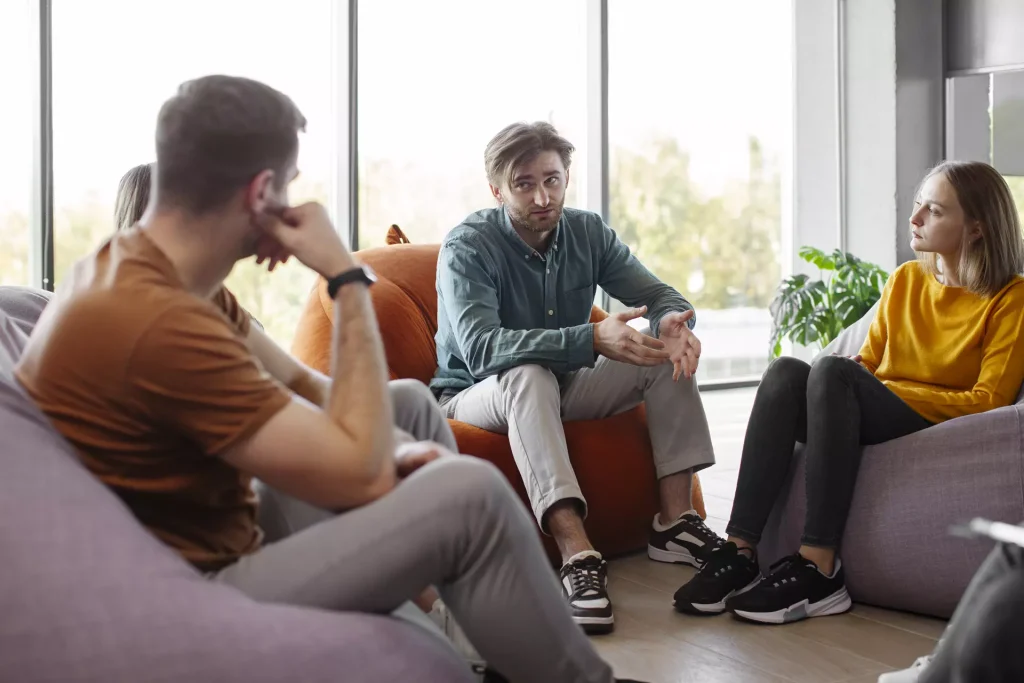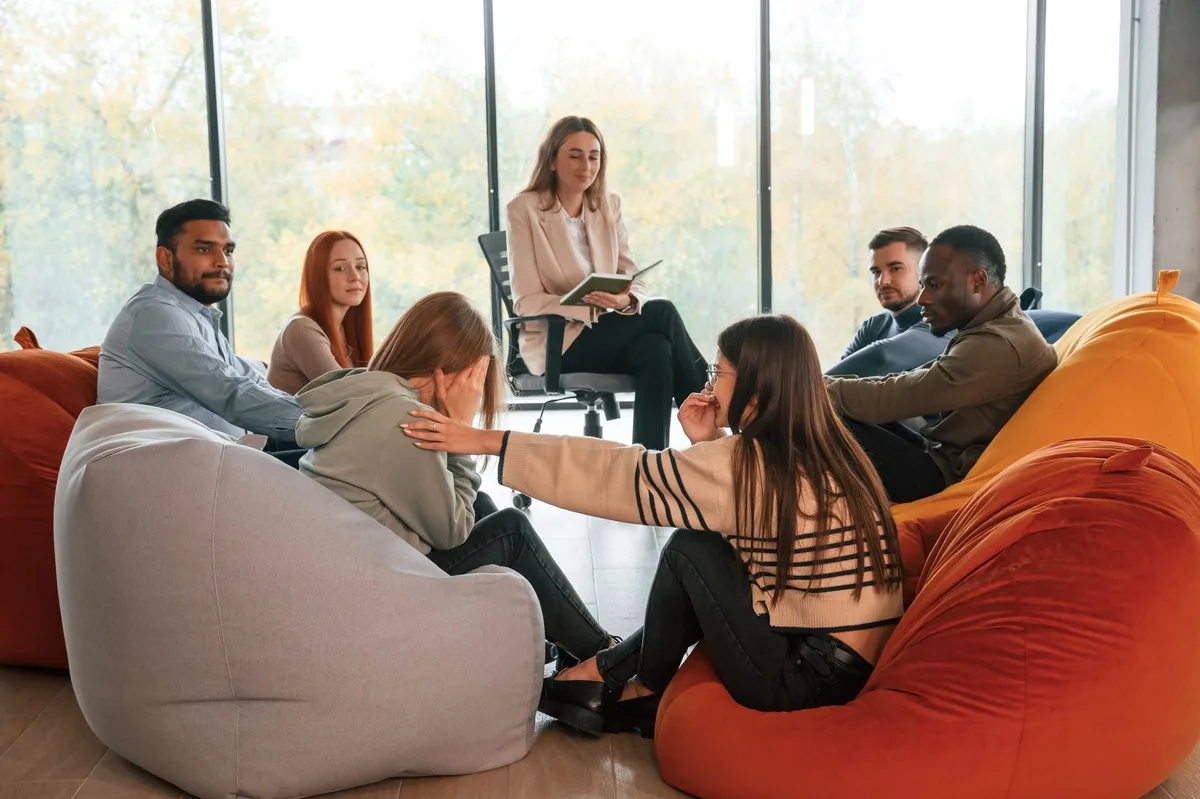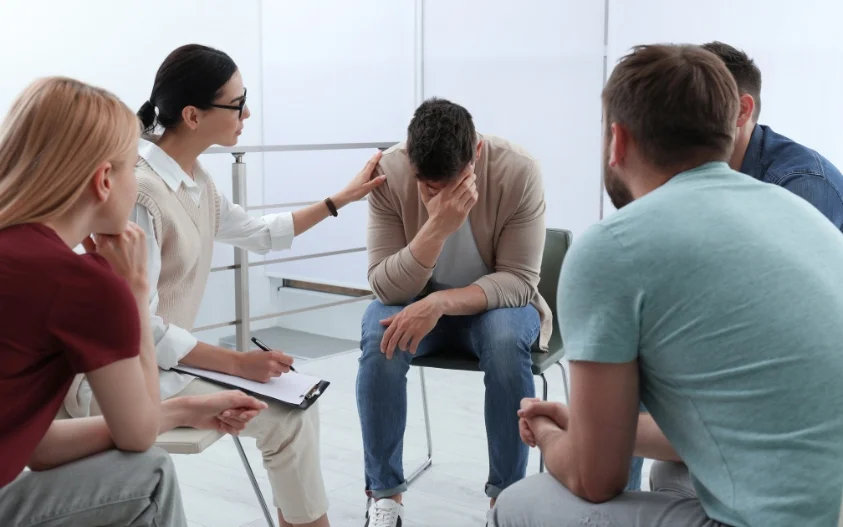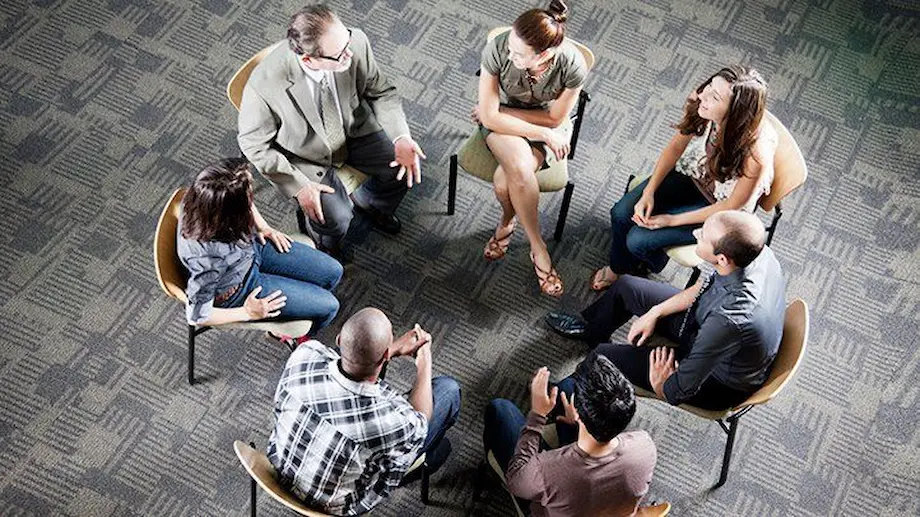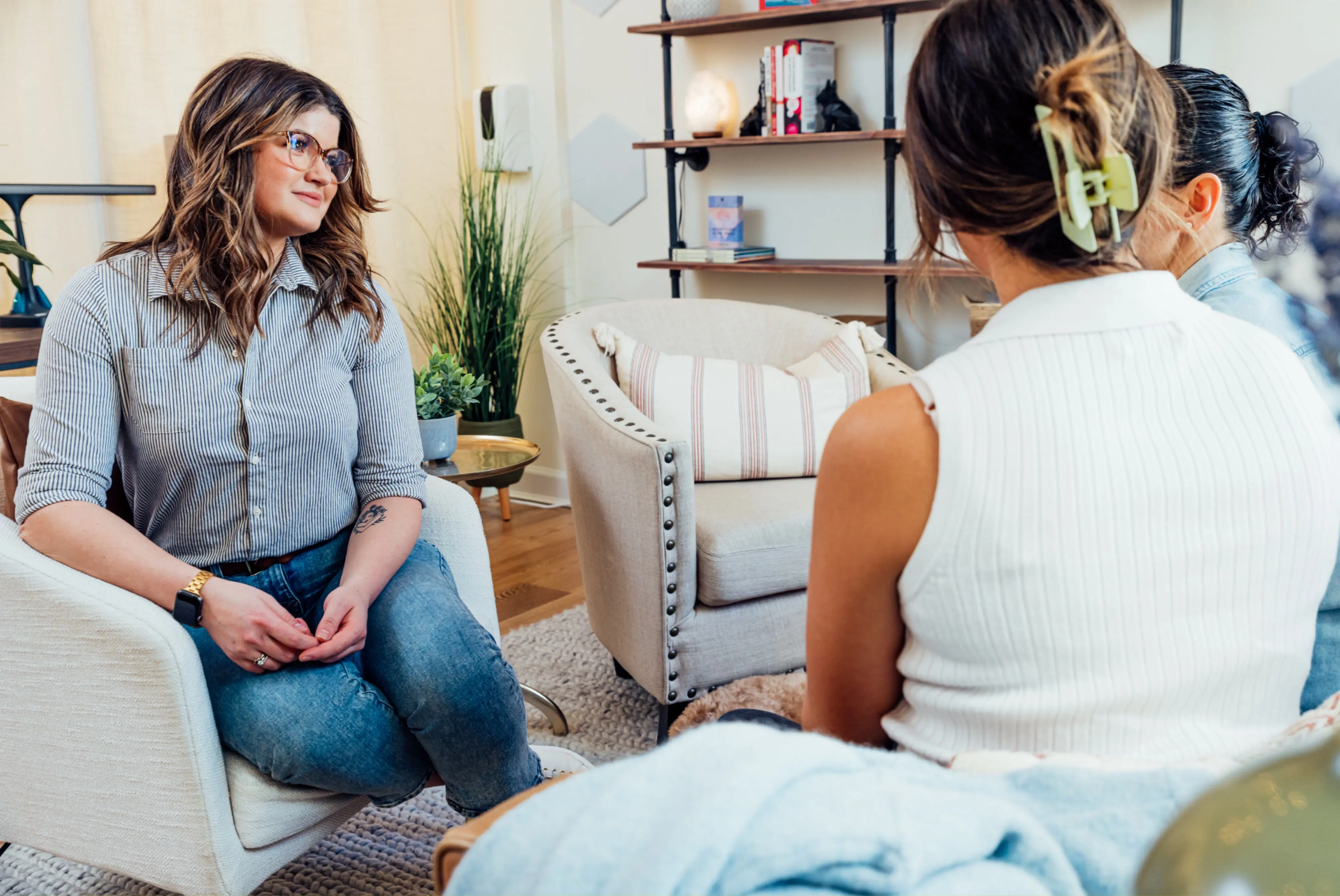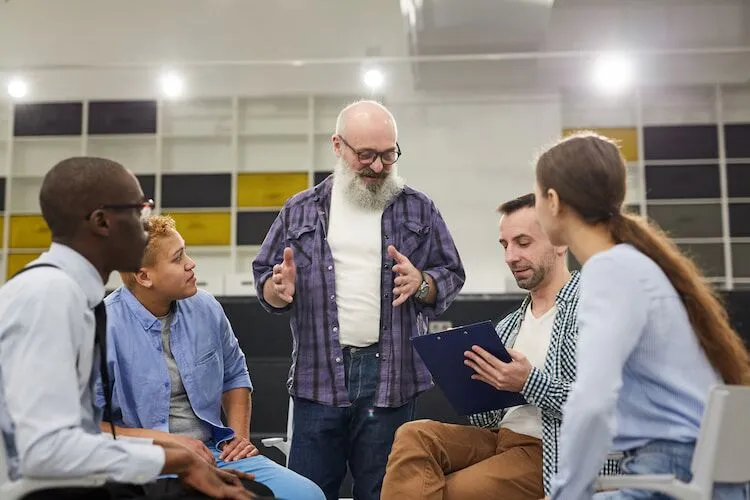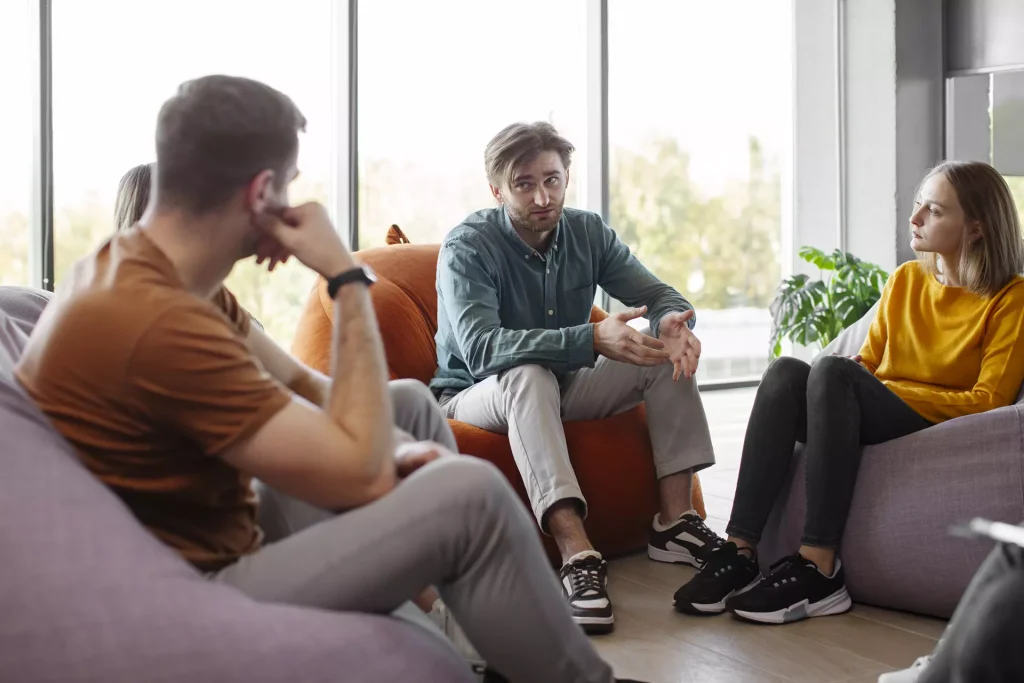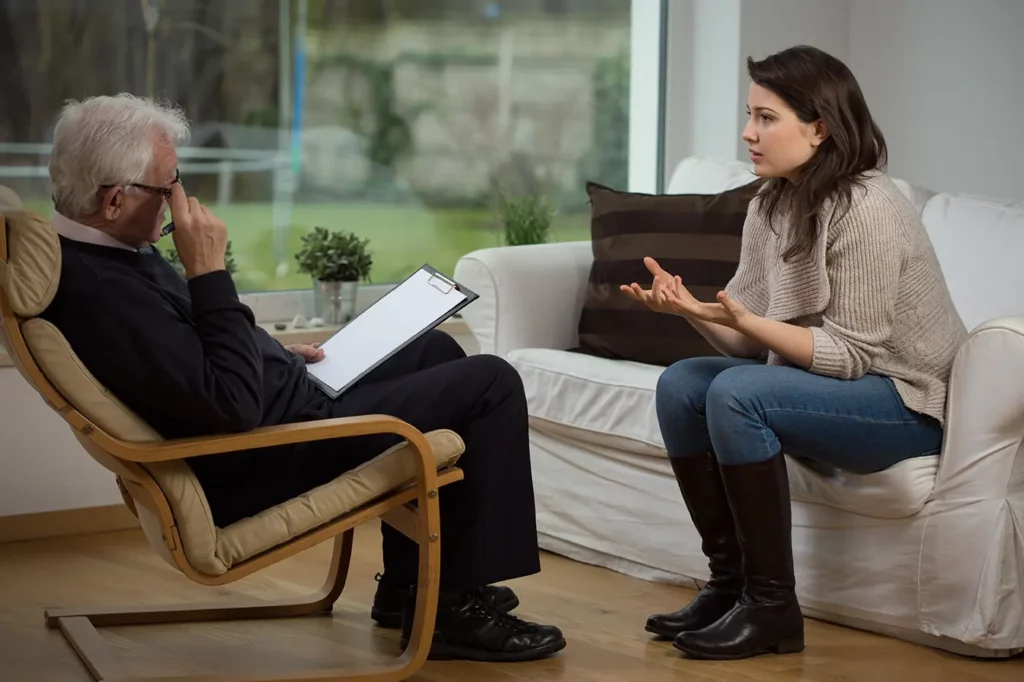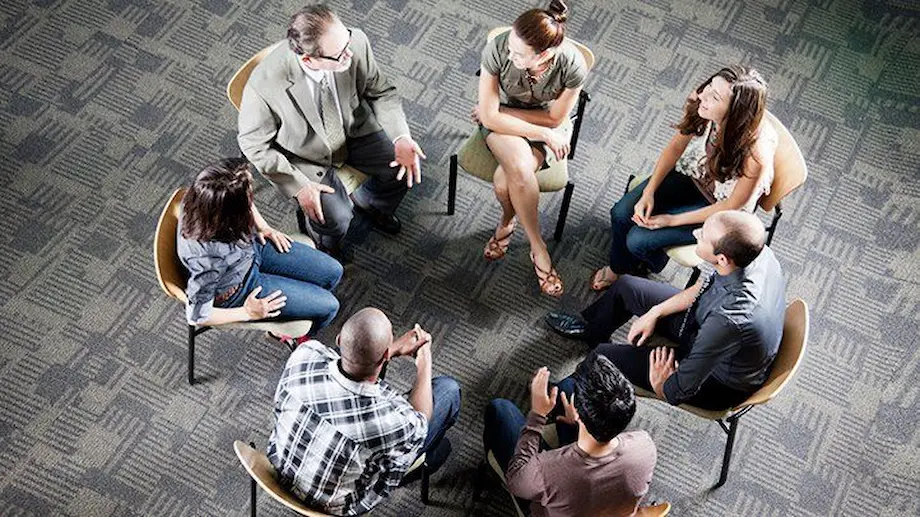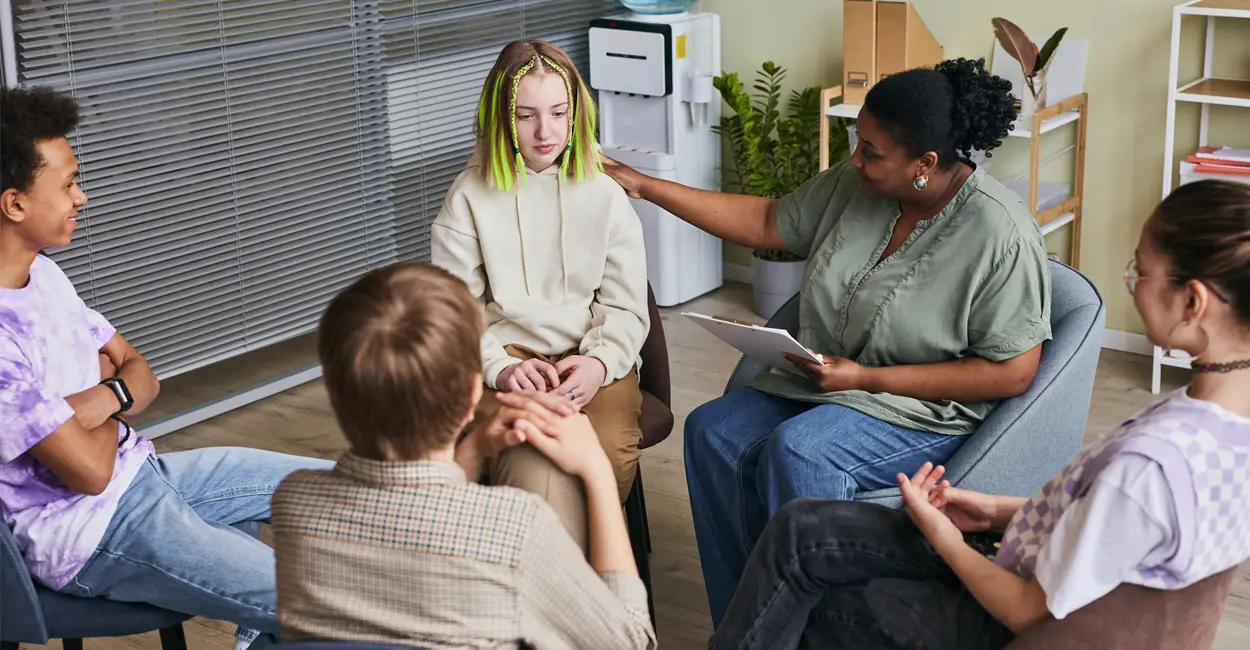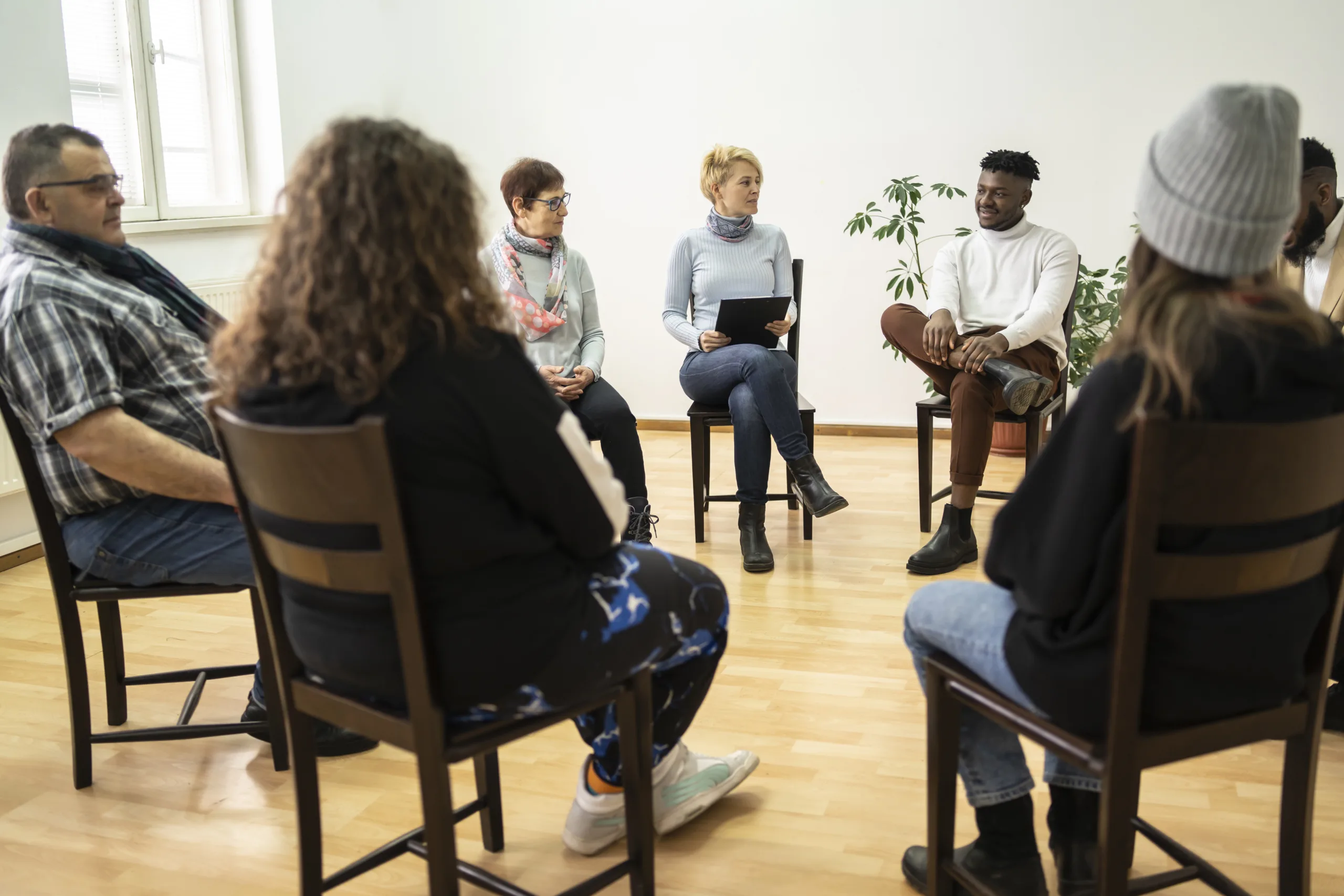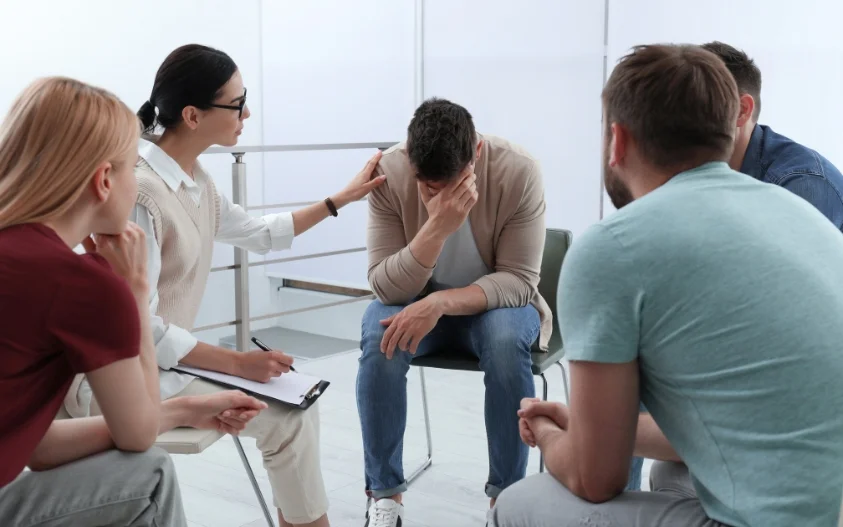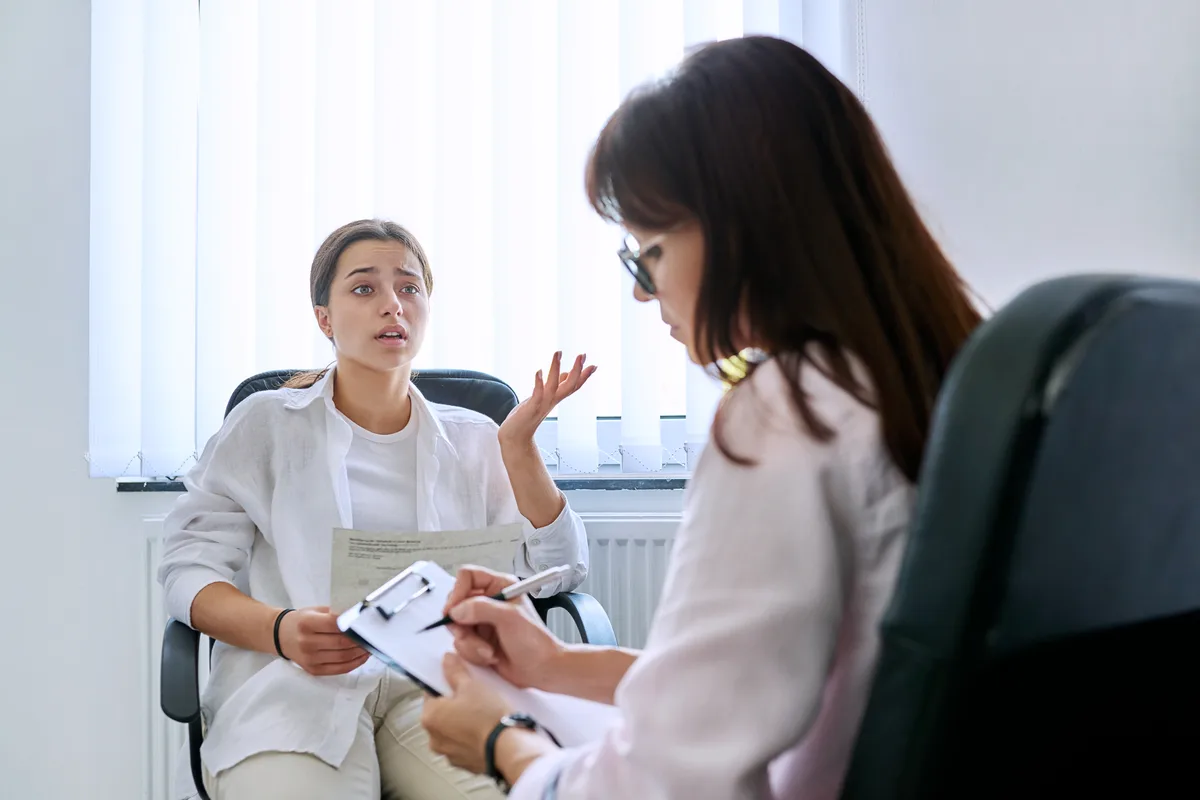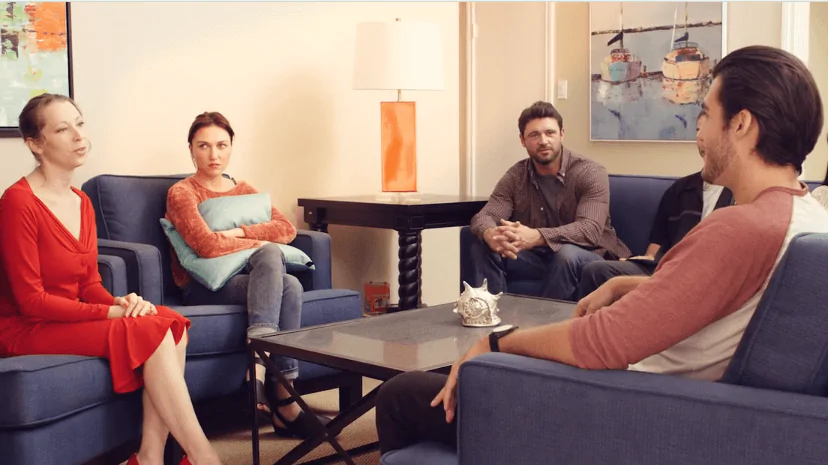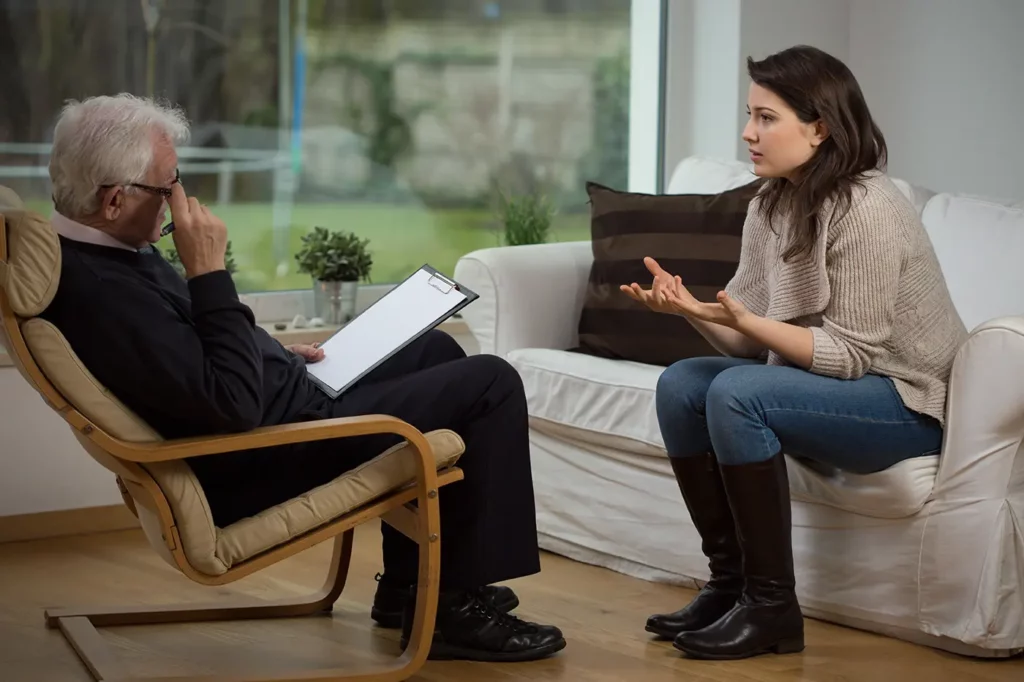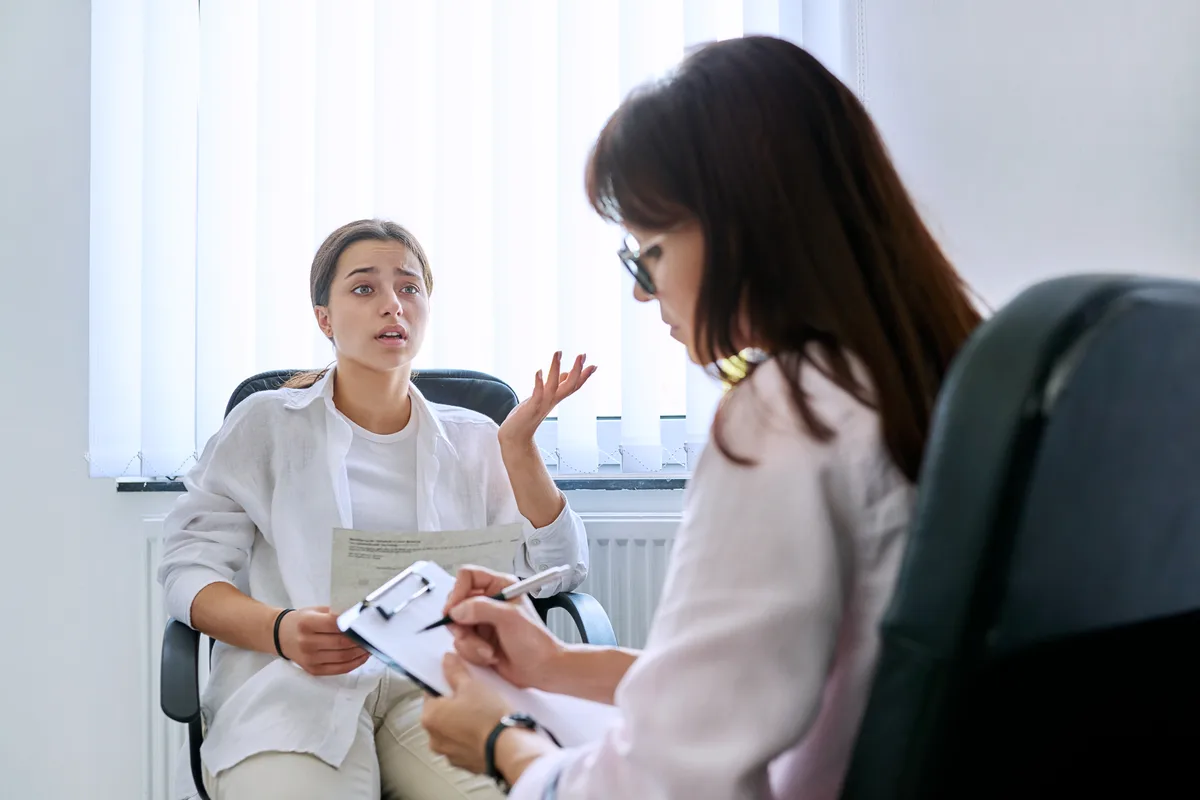24/7 Helpline:
(866) 899-111424/7 Helpline:
(866) 899-1114
Learn more about Klonopin Rehab centers in Santa Clara
Klonopin Rehab in Other Cities

Other Insurance Options

EmblemHealth

Sutter

Lucent

MVP Healthcare

Amerigroup

Access to Recovery (ATR) Voucher

UnitedHealth Group

WellCare Health Plans

Anthem

Oxford

Excellus

Meritain

BlueCross

Optima

Covered California

Providence
Beacon

Medical Mutual of Ohio

CareSource

Optum

Yucca Lodge Chemical Dependency Treatment Center
Yucca Lodge Chemical Dependency Treatment Center offers inpatient treatment for individuals with alc...

Pathway Society
Pathway Society is a private rehab located in Santa Clara, California. Pathway Society specializes i...



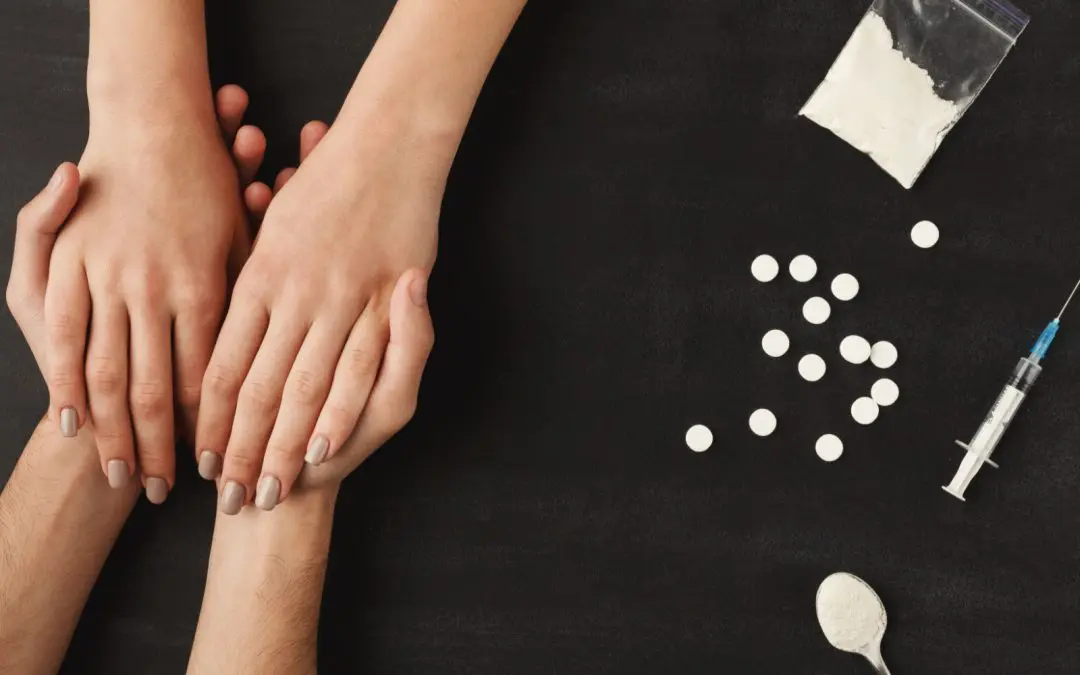

Positive Progression
Positive Progression is a private rehab located in San Jose, California. Positive Progression specia...

Pathway Society – Outpatient
Pathway Society - Outpatient is a community based non - profit rehab located in Morgan Hill, CA. Pat...
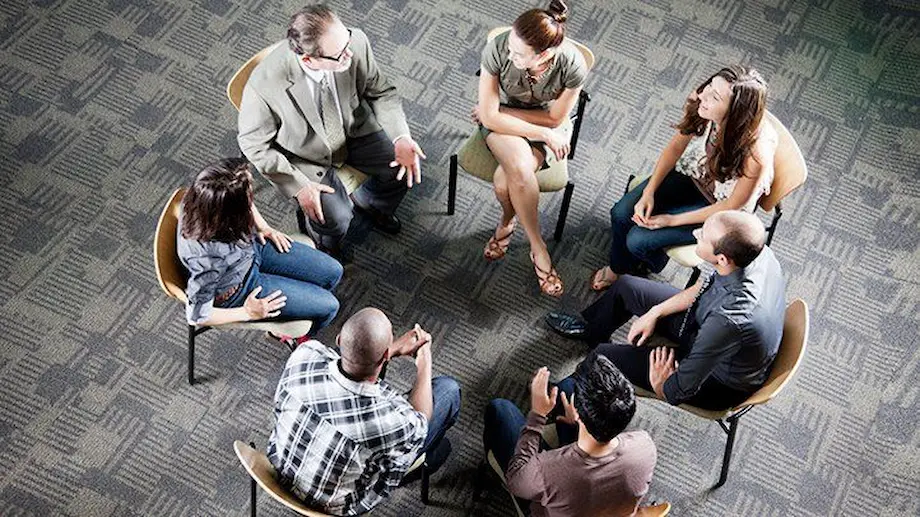
Santa Clara County – Treatment for Drugs and Recovery Center
Santa Clara County – Treatment for Drugs and Recovery Center is a private rehab located in San Jose,...

Alum Rock Counseling
Alum Rock Counseling is a private rehab located in San Jose, California. Alum Rock Counseling specia...

Castlerock Recovery
Castlerock Recovery is a private rehab located in San Jose, California. Castlerock Recovery speciali...

Support Systems Homes – 264 North Morrison Avenue
Support Systems Homes - 264 North Morrison Avenue offers inpatient and outpatient services for indiv...

Santa Clara County Treatment and Recovery Center
The Camp Recovery Campbell Outpatient Treatment facility is a reputable substance abuse treatment re...

ADI – OP Outpatient Services
ADI – OP Outpatient Services is a private rehab located in San Jose, California. ADI – OP Outpatient...

Crestwood Psychiatric Health Facility
Crestwood Behavioral Health in San Jose, CA is a drug rehab center committed to providing compassion...

Family and Children Services
Family and Children Services is a non-profit rehab located in Palo Alto, California. Family and Chil...

Support Systems Homes
Support Systems is an internationally accredited, state-licensed substance abuse treatment program d...

Santa Clara County Mental Health – Mental Health
Santa Clara County Mental Health – Mental Health is a public rehab located in San Jose, California. ...

New Life Recovery Centers
New Life Recovery Centers offers inpatient and outpatient treatment for individuals with alcohol and...

La Selva Group – California Avenue
La Selva Group, in Palo Alto, California, provides comprehensive mental health and dual diagnosis ca...
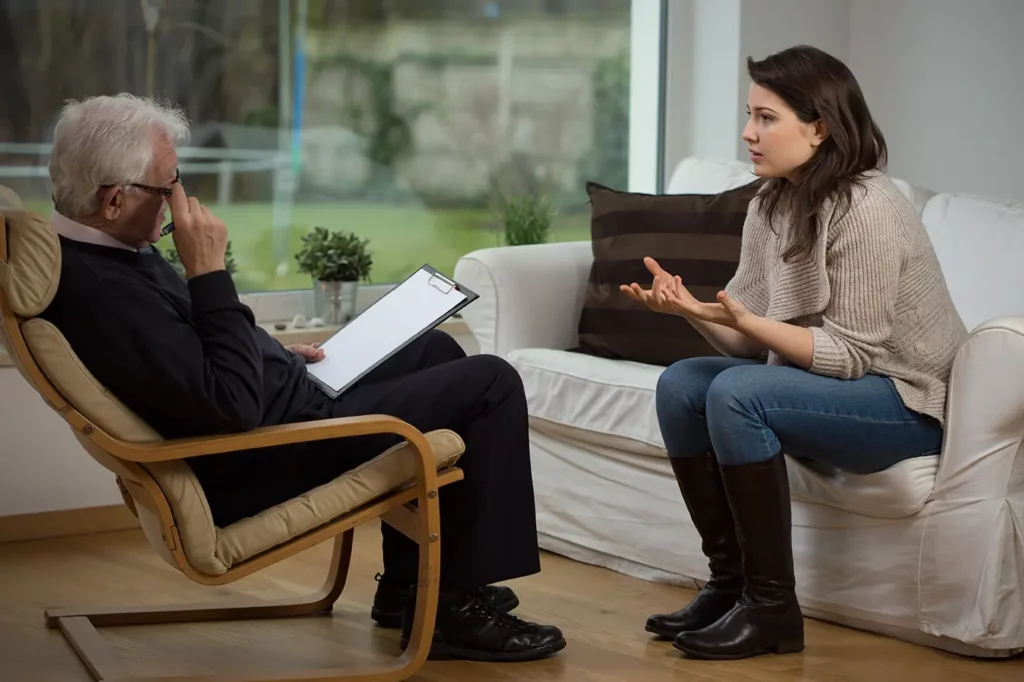
Asian American Recovery Services – ASATS
Asian American Recovery Services – ASATS is a public rehab located in San Jose, California. Asian Am...

Asian Americans for Community
Asian Americans for Community is a private rehab located in San Jose, California. Asian Americans fo...
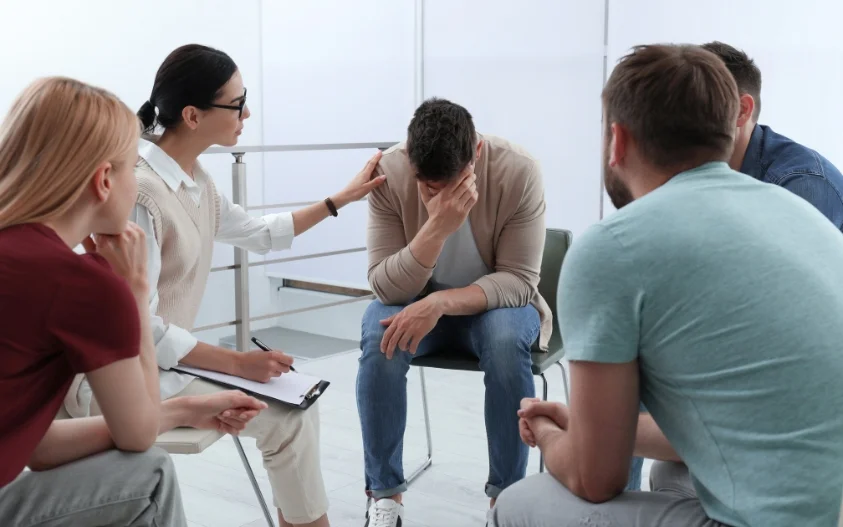
Advent Group Ministries
Advent Group Ministries offers outpatient services for adolescents needing behavioral health service...

Advent Group Ministries
Advent Group Ministries offers outpatient services for adolescents needing behavioral health service...

Lyric Recovery Services
Lyric Recovery Services offers intensive outpatient program for those men and women struggling with ...

The Addiction Recovery Center – ARC
The Addiction Recovery Center (ARC) offers outpatient treatment for sexually compulsive behaviors an...
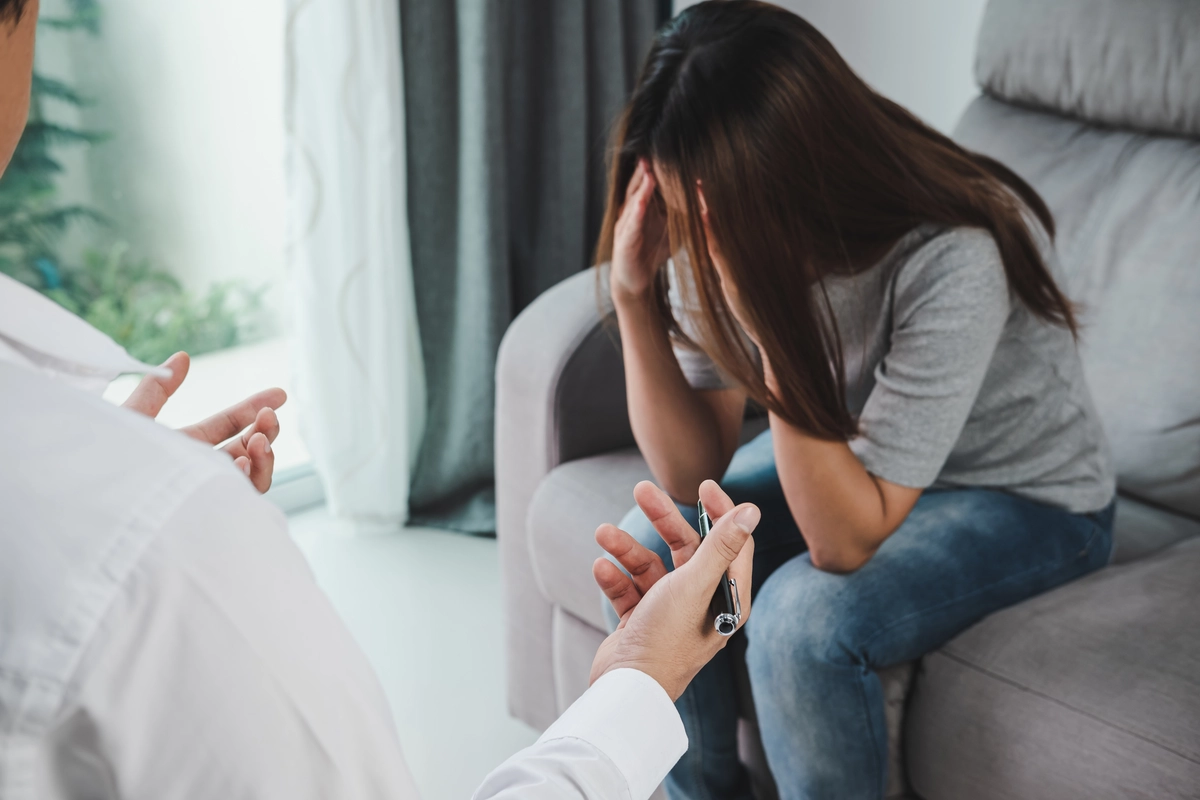
San Jose Behavioral Health Hospital
San Jose Behavioral Health is a inpatient hospital that serves teens and adults. Their programs incl...

Riviera East Valley Pavillion – EVP
Riviera East Valley Pavillion (EVP) provides residential care for adults experiencing chronic and se...

Teen Challenge – Alum Rock Women & Children’s Center
Teen Challenge – Alum Rock Women and Children’s Center offers inpatient treatment for women with alc...

Teen Challenge – Asbury Family Center
Teen Challenge- Asbury Family Center is an alcohol and drug addiction treatment center located in Sa...

Wellness Retreat Recovery Center
Wellness Retreat Recovery Center (WRRC) stands as a CARF-accredited rehab center that provides subst...

Horizon Services – Horizon South
Horizon Services - Horizon South provides social detoxification and residential treatment for indivi...

Santa Clara County Mental Health
Santa Clara County Mental Health is a private rehab located in San Jose, California. Santa Clara Cou...

CRC Health Group
CRC Health Group is a private rehab located in Cupertino, California. CRC Health Group specializes i...

Summit Estate
Summit Estate stands as an accredited luxury substance abuse rehab center in San Jose, CA for adults...
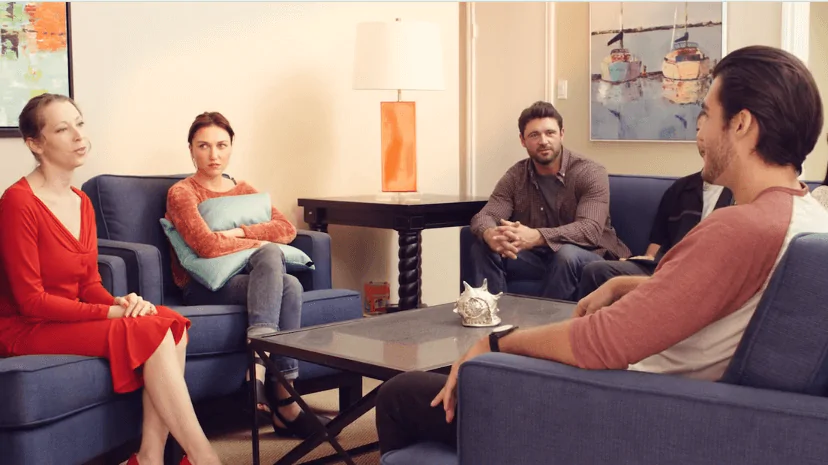
Alano Club of San Jose
Alano Club of San Jose is a non-profit rehab located in San Jose, California. Alano Club of San Jose...

The New Life Recovery Centers
The New Life Recovery Centers offers outpatient and intensive outpatient treatment for individuals w...



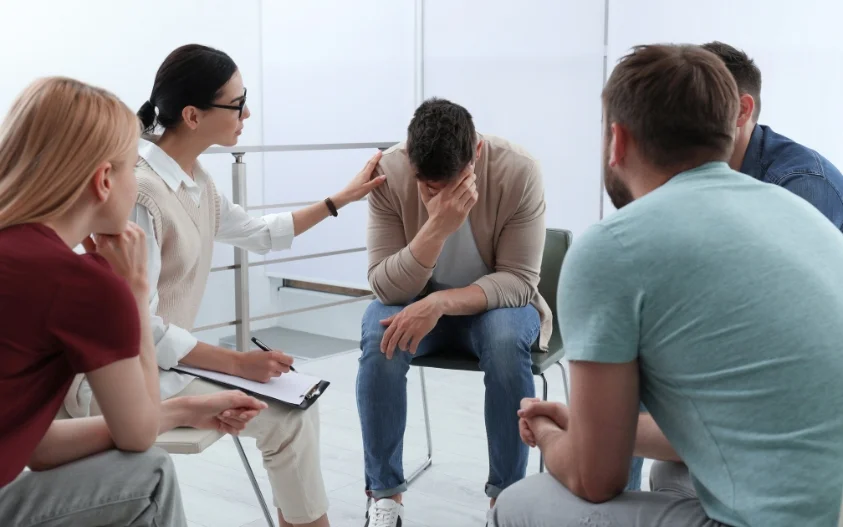



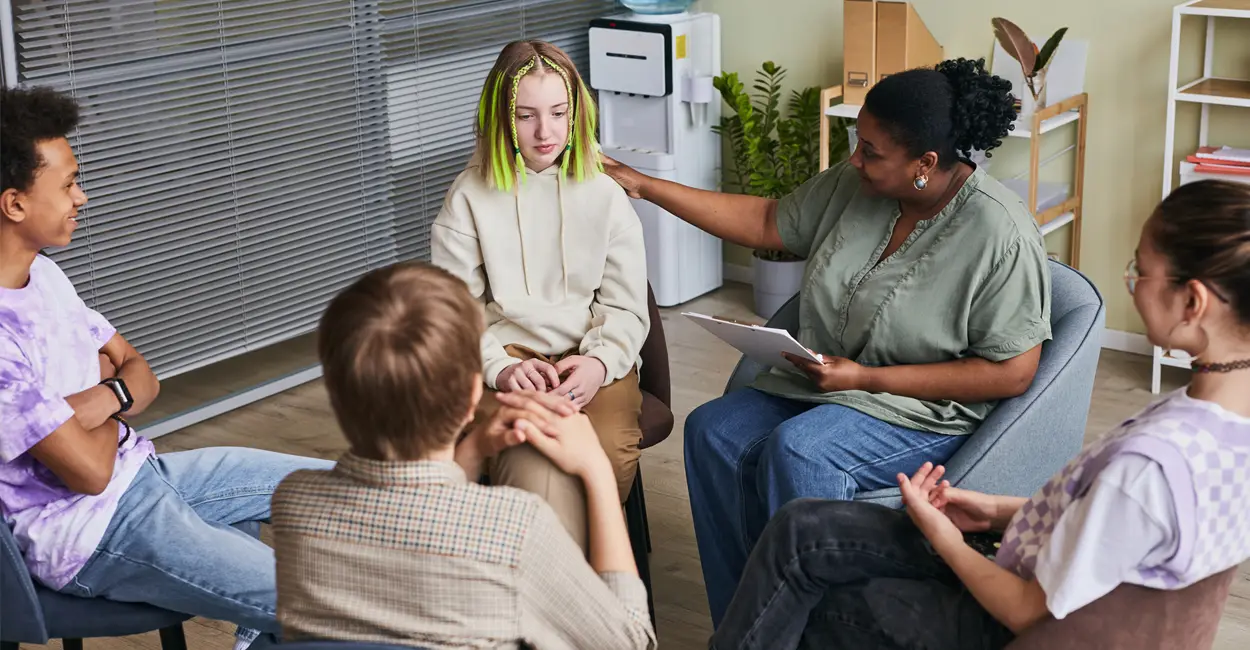






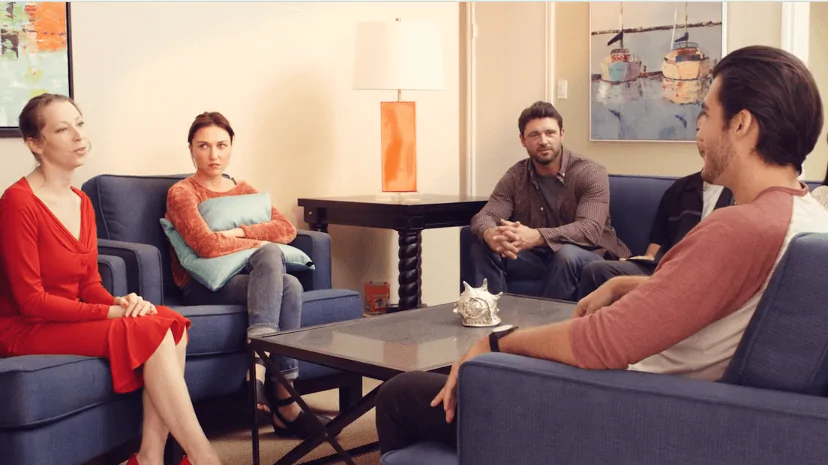








Pathway Society – Mariposa Lodge
Pathways Society–Mariposa Lodge, in San Jose, California, is a 12 step-focused drug and alcohol reha...

Momentum for Mental Health – Morrison Avenue
Momentum for Mental Health – Morrison Avenue is a private rehab located in San Jose, California. Mom...

North County Treatment and Recovery Center
North County Treatment and Recovery Center is a private rehab located in Palo Alto, California. Nort...

Gardner Family Care – Dual Diagnosis Program
Gardner Family Care – Dual Diagnosis Program is a private rehab located in San Jose, California. Gar...

OAR Center
OAR Center is a private rehab located in San Jose, California. OAR Center specializes in the treatme...

Free at Last – Walker House
Free at Last – Walker House is a non-profit rehab located in Palo Alto, California. Free at Last – W...

Mekong Community Center
Mekong Community Center is a private rehab located in San Jose, California. Mekong Community Center ...

AA – Alcoholics Anonymous – En Espanol Grupo Nueva
AA – Alcoholics Anonymous – En Espanol Grupo Nueva is a non-profit rehab located in San Jose, Califo...
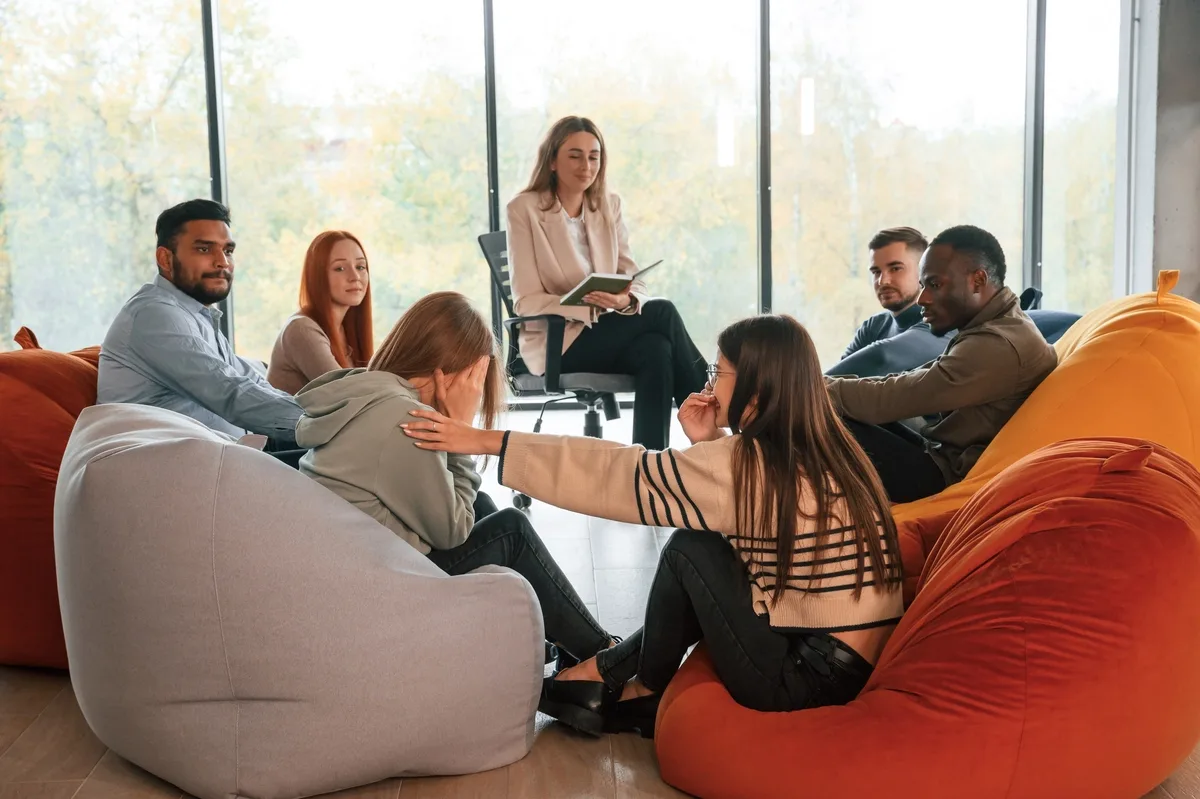
Chamberlains Mental Health
Chamberlains Mental Health is a private rehab located in Gilroy, California. Chamberlains Mental Hea...
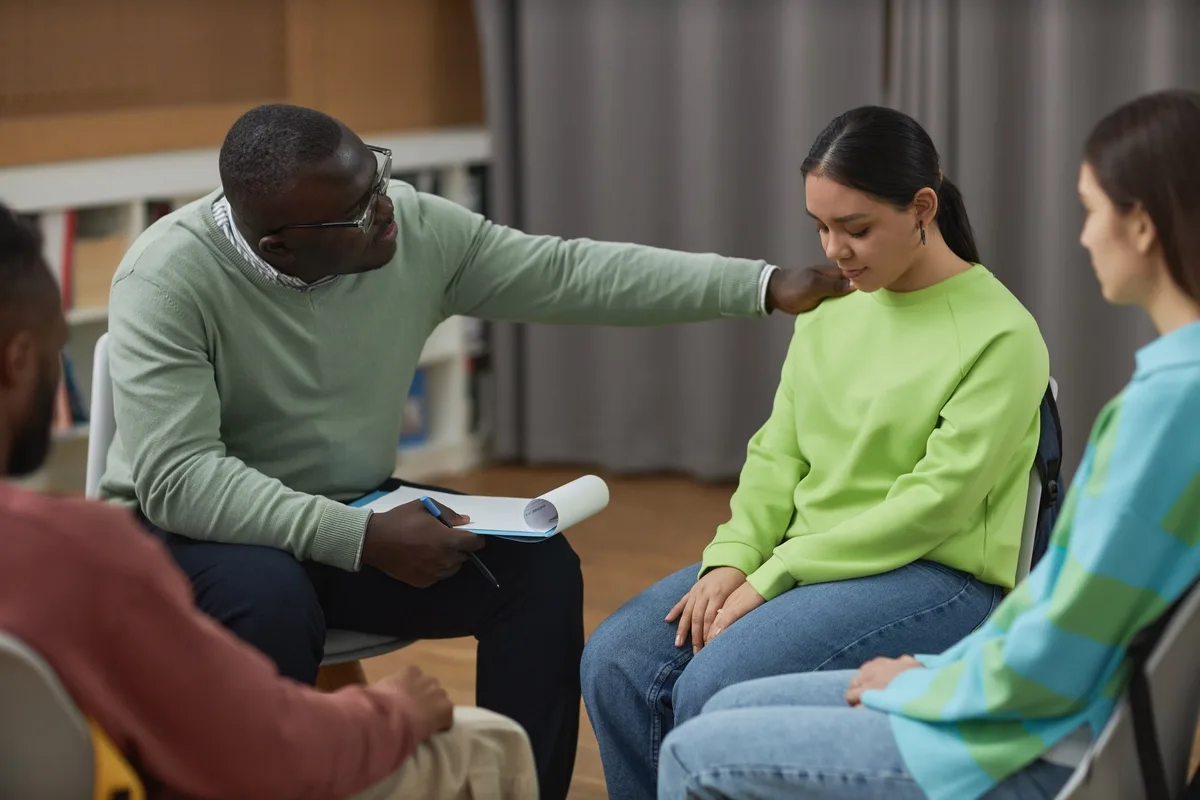
Advent Group Ministries – Summit Home
Advent Group Ministries - Summit Home is a non-profit rehab located in Morgan Hill, CA. Advent Group...

Grupo La Fe Que Obra
Grupo La Fe Que Obra is a non-profit rehab located in San Jose, California. Grupo La Fe Que Obra spe...
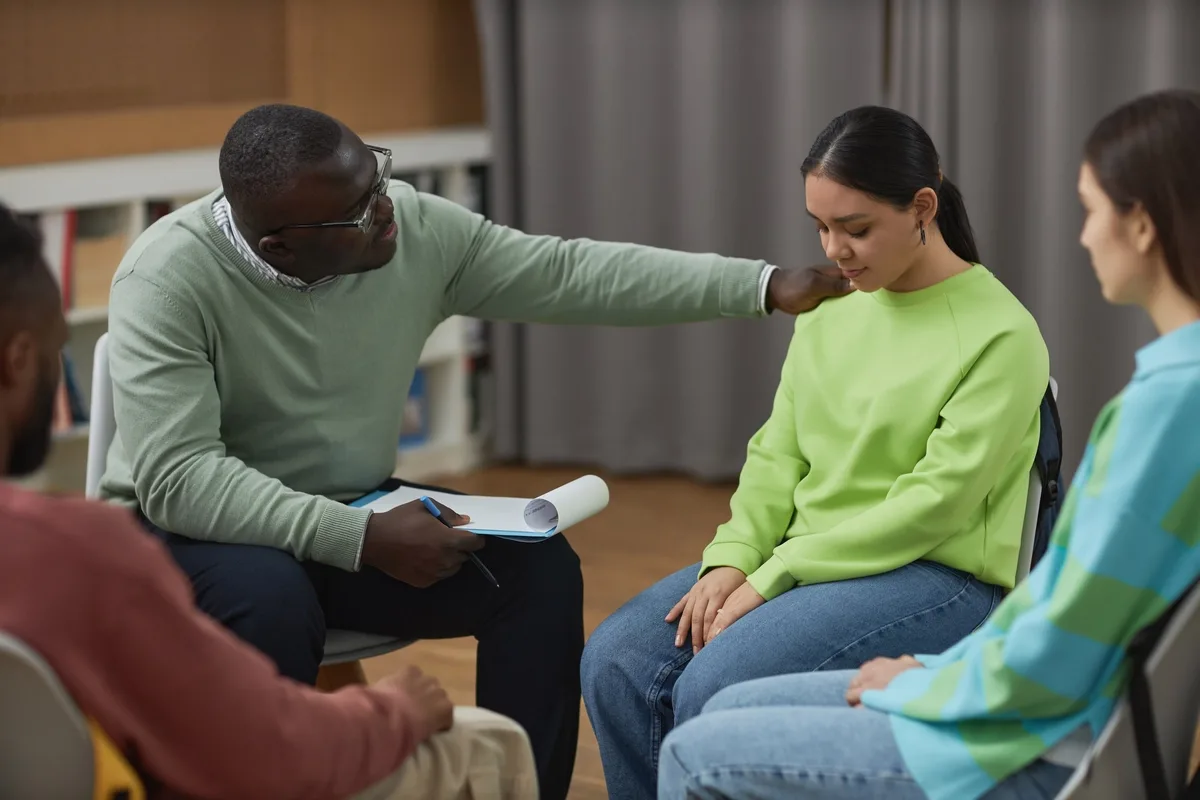
Momentum for Mental Health – Litteral House
Momentum for Mental Health is a dual diagnosis substance use disorder treatment facility located in ...
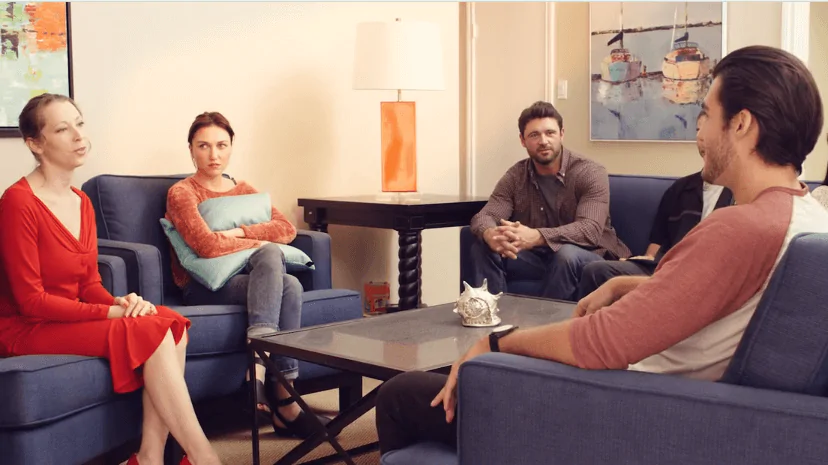
Crossroads Sober Living for Men
Crossroads Sober Living for Men is a private rehab located in San Jose, CA. Crossroads Sober Living ...

Gilroy Primary Care Behavioral Health
Gilroy Primary Care Behavioral Health is a public rehab located in Gilroy, California. Gilroy Primar...

AA – Alcoholics Anonymous – Keyes Street
AA – Alcoholics Anonymous – Keyes Street is a non-profit rehab located in San Jose, California. AA –...

Proyecto Primavera
Proyecto Primavera is a private rehab located in San Jose, California. Proyecto Primavera specialize...
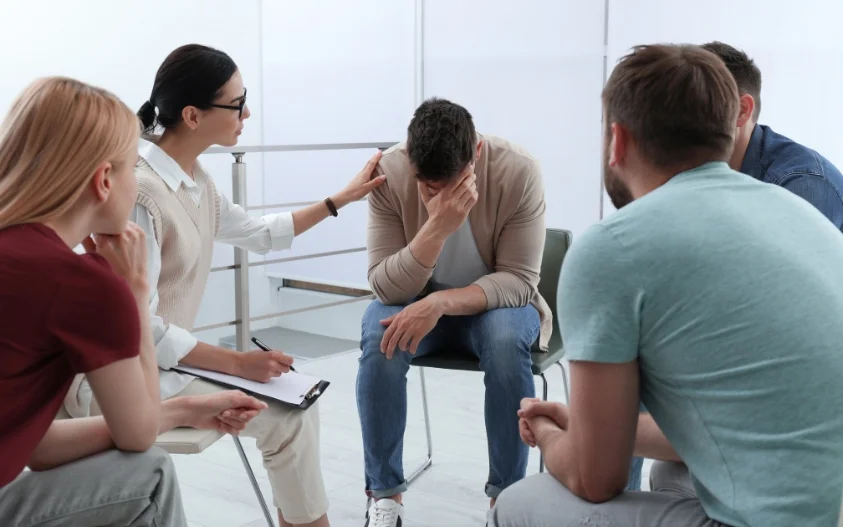
Momentum for Mental Health – Outpatient
Momentum for Mental Health–Outpatient, in San Jose, California, provides outpatient mental and behav...

AA – Alcoholicos Anonimos – Alegria de Vivir
AA – Alcoholicos Anonimos – Alegria de Vivir is a drug and alcohol treatment group for adults with a...

West Coast Recovery
West Coast Recovery is a private rehab located in San Jose, California. West Coast Recovery speciali...

Addiction Solutions Center – Hamilton Avenue
Addiction Solutions Center - Hamilton Avenue offers outpatient treatment for individuals with alcoho...

Unidos Venceremos
Unidos Venceremos is a private rehab located in San Jose, California. Unidos Venceremos specializes ...

Adolescent Counseling Services
Adolescent Counseling Services is a private rehab located in Palo Alto, California. Adolescent Couns...

National Council on Alcoholism & Drug Dependence
National Council on Alcoholism & Drug Dependence is a private rehab located in San Jose, CA. Nationa...

Fortunes Inn For Men
Fortunes Inn For Men is a private rehab located in San Jose, California. Fortunes Inn For Men specia...

Daybreak Recovery Homes
Daybreak Recovery Homes is a private rehab located in San Jose, California. Daybreak Recovery Homes ...

Advent Group Ministries – Gateway Home
Advent Group Ministries – Gateway Home is a non-profit rehab located in San Martin, California. Adve...
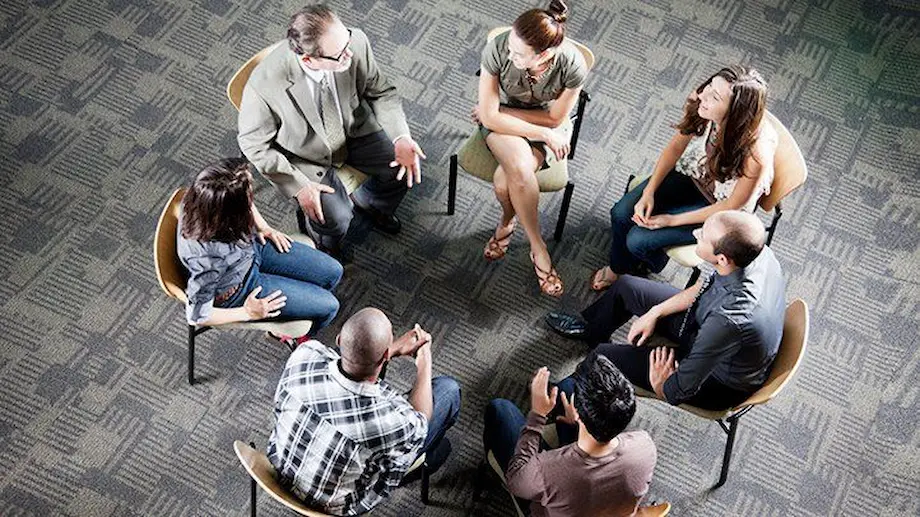
Cityteam – House of Grace
Cityteam – House of Grace is a social service organization in San Jose, California that offers drug ...

AA – Alcoholicos Anonimos – Grupo Alviso
AA – Alcoholicos Anonimos – Grupo Alviso is a non-profit rehab located in San Jose, California. AA –...

AA – Alcoholics Anonymous – Santa Clara Street
AA – Alcoholics Anonymous – Santa Clara Street is a non-profit rehab located in San Jose, California...

PSAP – Perinatal Substance Abuse Program
PSAP – Perinatal Substance Abuse Program is a public rehab located in San Jose, California. PSAP – P...

Kaiser San Jose – Alcohol and Drug Treatment
Kaiser San Jose – Alcohol and Drug Treatment is a private rehab located in San Jose, California. Kai...

Project Ninety – 3rd Street House
Project Ninety – 3rd Street House is a private rehab located in San Jose, California. Project Ninety...

Camp Recovery Center – Outpatient
Camp Recovery Center – Outpatient is a private rehab located in San Jose, California. Camp Recovery ...

Project Ninety
Project Ninety - 9th Street House offers residential treatment for those men struggling with alcohol...

JFK University – Counseling Center
JFK University – Counseling Center is a private rehab located in Sunnyvale, California. JFK Universi...

Crossroads Clean and Sober
Crossroads Clean and Sober is a private rehab located in San Jose, California. Crossroads Clean and ...

Advent Group Ministries
Advent Group Ministries offers inpatient and outpatient services for adolescents needing behavioral ...

AA – Alcoholicos Anonimos En Espanol Group
AA – Alcoholicos Anonimos En Espanol Group is a non-profit rehab located in San Jose, California. AA...

Cityteam – Men’s Program
Cityteam – Mens Program is a nonprofit Christian rehab in San Jose, California, specializing in resi...

Free at Last – Malaika House
Free at Last - Malaika House is a residential program for women with their children (under age 6) wh...

Amicus House
Amicus House is a private rehab located in San Jose, California. Amicus House specializes in the tre...

Las Plumas Mental Health Center
Las Plumas Mental Health Center is a public rehab located in San Jose, California. Las Plumas Mental...

Momentum for Mental Health – Momentum Office
Momentum for Mental Health – Momentum Office is a private rehab located in San Jose, California. Mom...

Momentum for Mental Health – Residential
Momentum for Mental Health – Residential is a private rehab located in San Jose, California. Momentu...

Combined Addicts and Professionals Services – Residential
Combined Addicts and Professionals Services – Residential is a private rehab located in San Jose, Ca...

La Casa Del Puente Treatment Center
La Casa Del Puente Treatment Center is a drug and alcohol treatment center in Morgan Hill, Californi...

Primary Purpose Homes
Primary Purpose Homes is a private rehab located in San Jose, California. Primary Purpose Homes spec...

Pathway Society – Residential
Pathway Society - Residential offers residential treatment for adults who are chemically dependent. ...

Fusion Recovery
Fusion Recovery is a private rehab located in San Jose, California. Fusion Recovery specializes in t...

Ujima Adult and Family Services
Ujima Adult and Family Services is a private rehab located in San Jose, California. Ujima Adult and ...
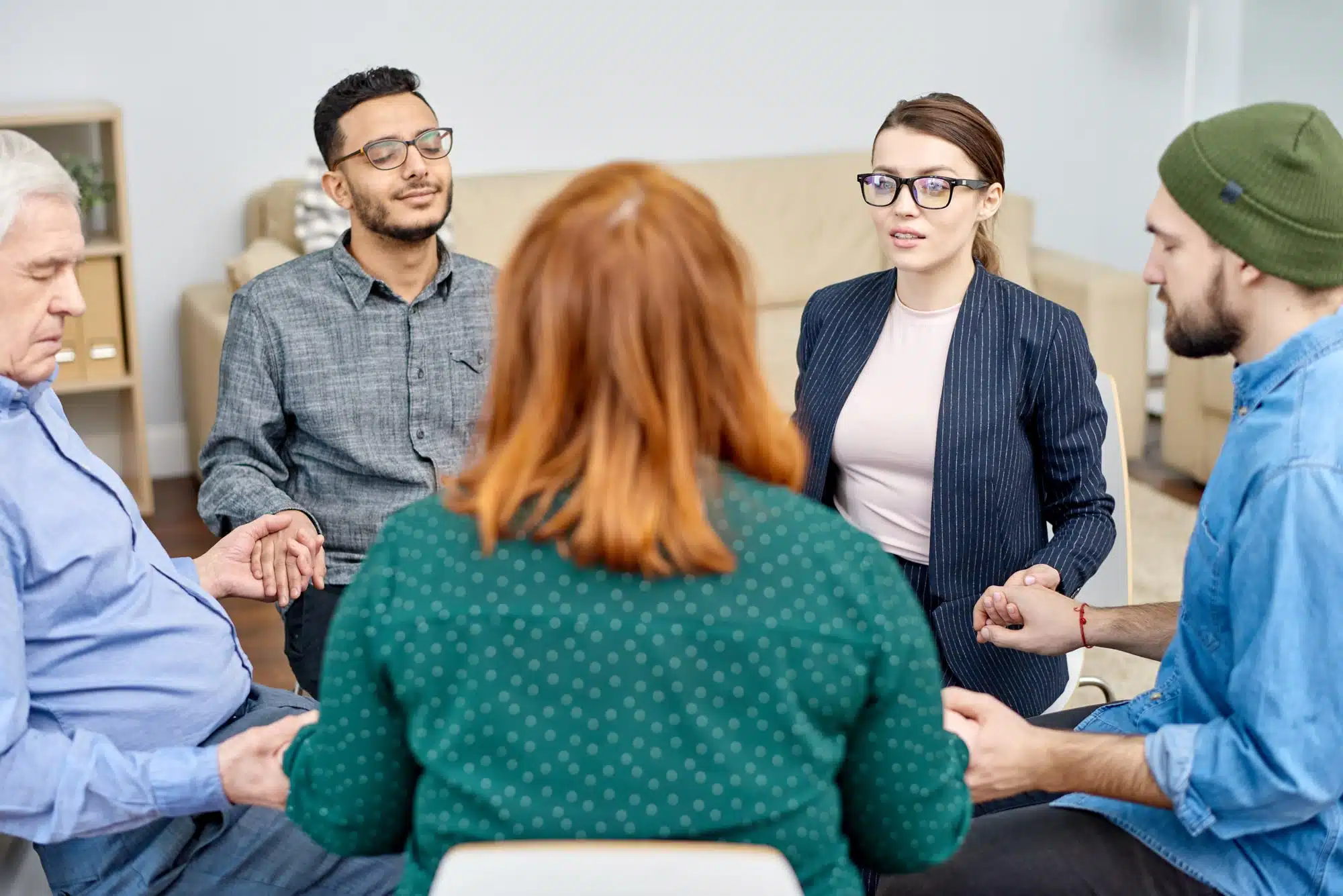
Recovery Connections Treatment Services
Recovery Connections Treatment Services is a private rehab located in San Jose, California. Recovery...

New Focus Marriage Family Counseling
New Focus Marriage Family Counseling is a private rehab located in San Jose, California. New Focus M...

Wellness Retreat Recovery Center
Wellness Retreat Recovery Center is a private rehab located in San Jose, California. Wellness Retrea...
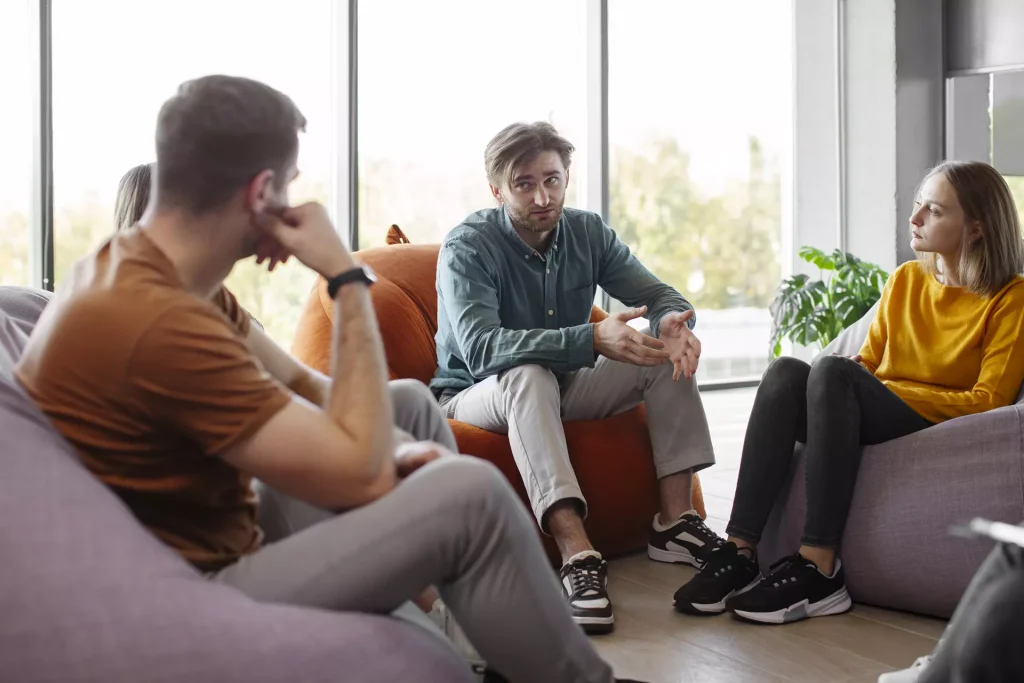
Advent Group Ministries – Step Up! South County
Advent Group Ministries - Step Up! South County offers outpatient services for adolescents needing b...

Life Choices
Life Choices is a private rehab located in San Jose, California. Life Choices specializes in the tre...
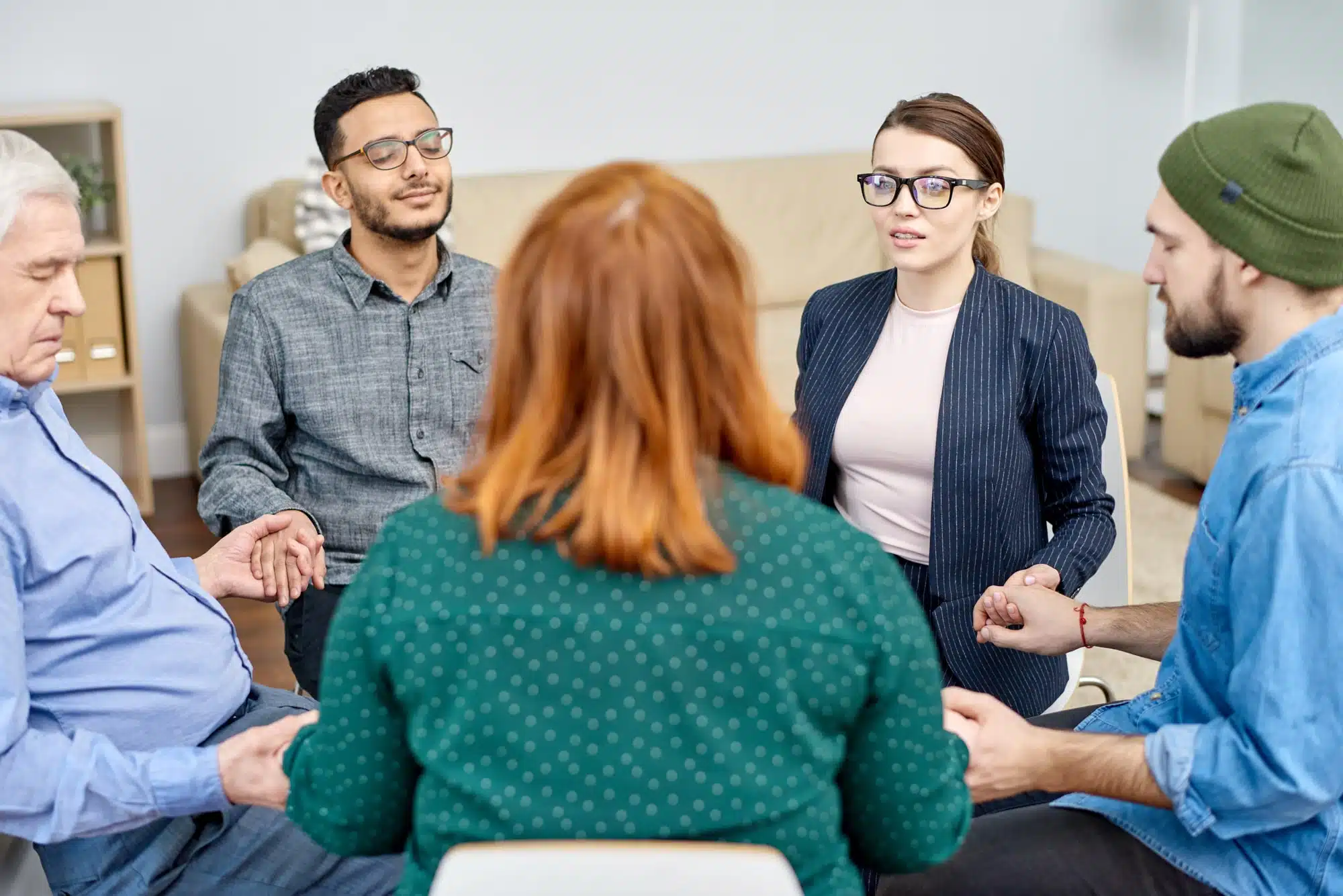
Momentum for Mental Health – Martinvale Lane
Momentum for Mental Health – Martinvale Lane is a private rehab located in San Jose, California. Mom...

New Life Recovery Centers – North San Pedro Street
The New Life Recovery Centers North San Pedro Street facility stands as a CARF-accredited treatment ...

Bluegrass – Lincoln County
Bluegrass - Lincoln County is located in Stanford, Kentucky. Bluegrass - Lincoln County assists indi...




